It looks like you're using an Ad Blocker.
Please white-list or disable AboveTopSecret.com in your ad-blocking tool.
Thank you.
Some features of ATS will be disabled while you continue to use an ad-blocker.
share:
Hey spider, there's a new article up over at Archaeology.org about medieval Swahili;
Stone Towns of the Swahili Coast
Along 2,000 miles of the East African coast, the sophisticated trading centers of the medieval Swahili reveal their origins and influences
(Source: Archaeology.org)
The Sultan’s African Palace
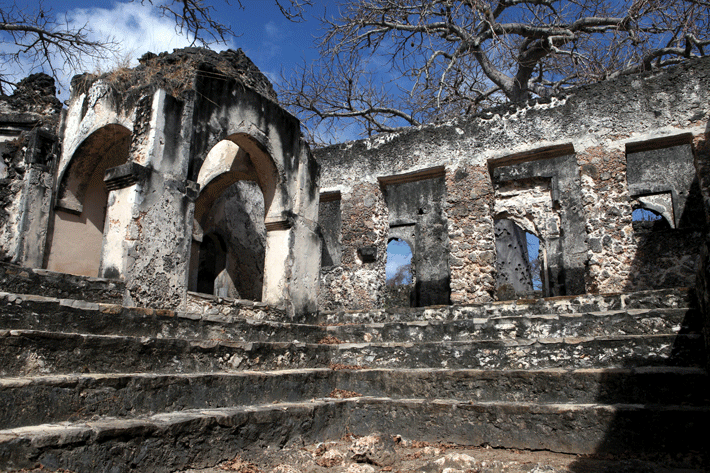
The partially reconstructed “palace” at Songo Mnara
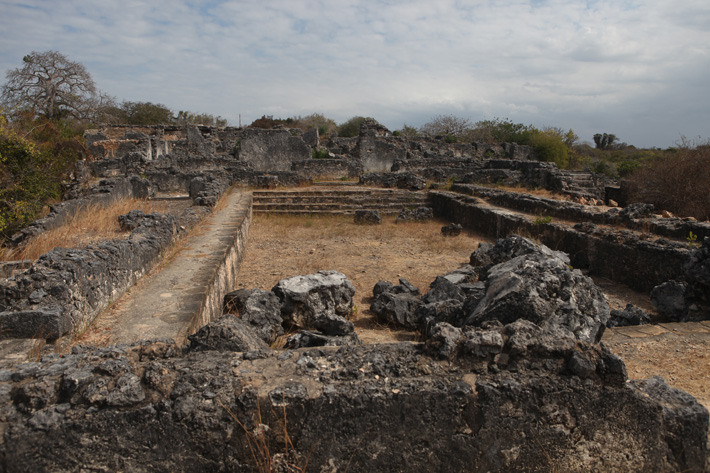
Stepped greeting court

Rubble from stone roof and visitor’s quarters in the stepped court
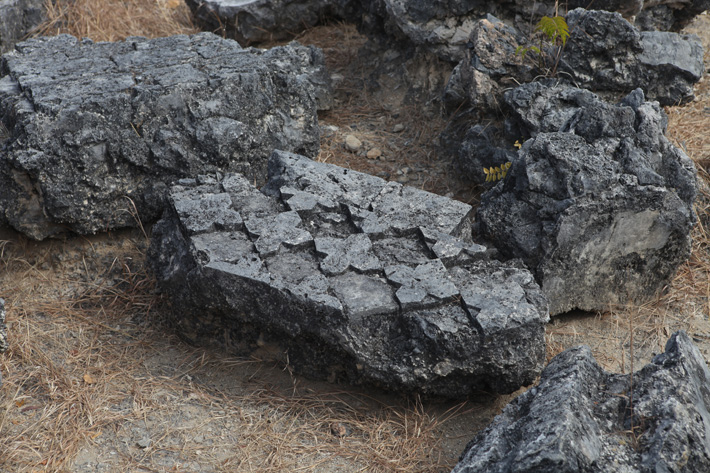
Decorative elements carved from live coral heads

Octagonal swimming pool
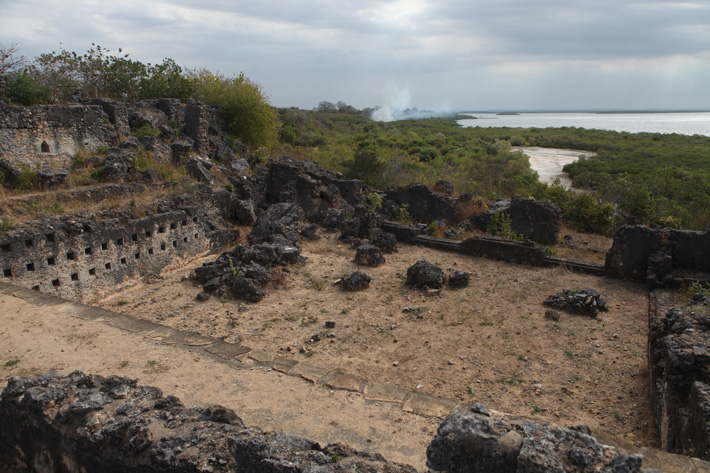
Audience court, with candle niches at left
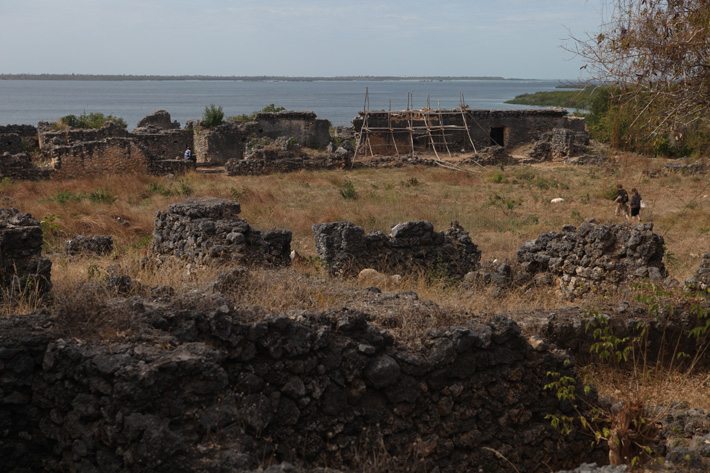
Courtyard surrounded by dozens of residence rooms
archaeology.org... husuni-kubwa-kilwa-kiswani-al-hasan-ibn-sulaiman
Special thanx to Blackmarketeer
.
From the tenth to fifteenth centuries, the East Coast of Africa was home to hundreds of trading towns collectively known as the Swahili Coast. These wealthy, independent Islamic sultanates brought the riches of the African interior, including ivory, gold, and slaves, to a hemisphere-spanning trade network.
Among the richest and most influential of these towns was Kilwa Kisiwani, located on an island off the Tanzanian coast. At Kilwa’s height in the early fourteenth century, its leader, Sultan al-Hasan ibn Sulaiman, constructed a massive palace called Husuni Kubwa. The site, built of jagged blocks of coral called coral rag, is now only accessible from a worn staircase carved out of the cliff leading up from the water. Its ruin includes traditional Swahili elements, such as a stepped greeting court bordered by guest rooms for visiting merchants, and elements borrowed from other Islamic palaces, such as an octagonal swimming pool, grand audience court, and a residence with some 100 rooms. But the sultan had overreached in his ambition: The palace was occupied for only a short time before it was abandoned, unfinished.

The partially reconstructed “palace” at Songo Mnara

Stepped greeting court

Rubble from stone roof and visitor’s quarters in the stepped court

Decorative elements carved from live coral heads

Octagonal swimming pool

Audience court, with candle niches at left

Courtyard surrounded by dozens of residence rooms
archaeology.org... husuni-kubwa-kilwa-kiswani-al-hasan-ibn-sulaiman
Special thanx to Blackmarketeer
edit on 21-1-2014 by Spider879 because: (no reason given)
More stuff on these lost civilizations.

Plate from the Scene of the
Royal Palace of Abomey Dahomey

Hallway of King Adjalala_Glele
Dahomey
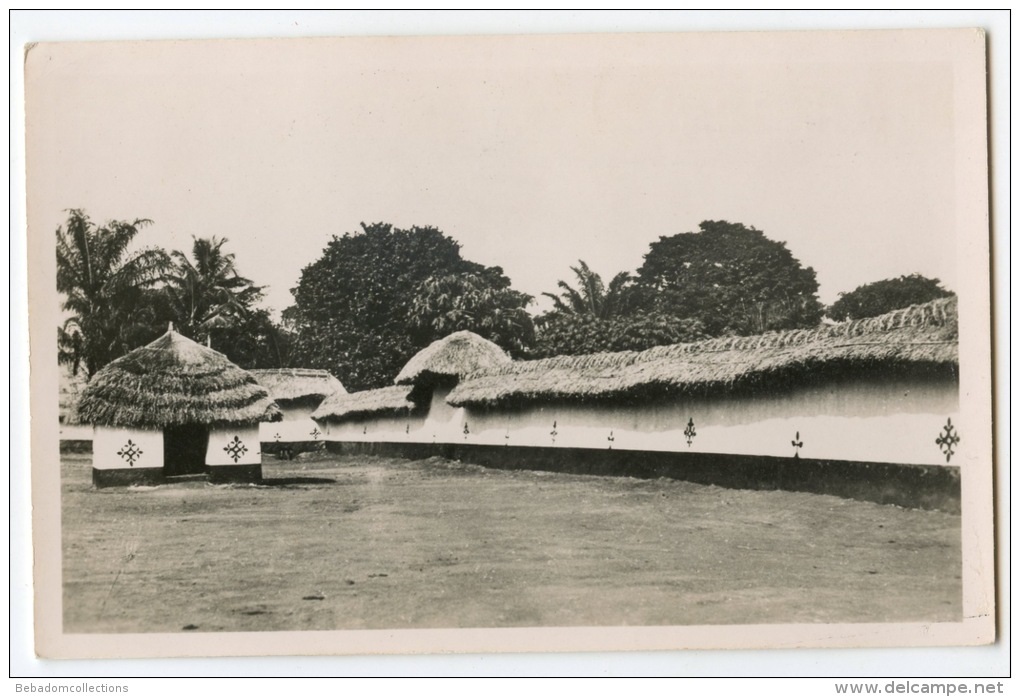
Part of a temple complex of King Ghezo
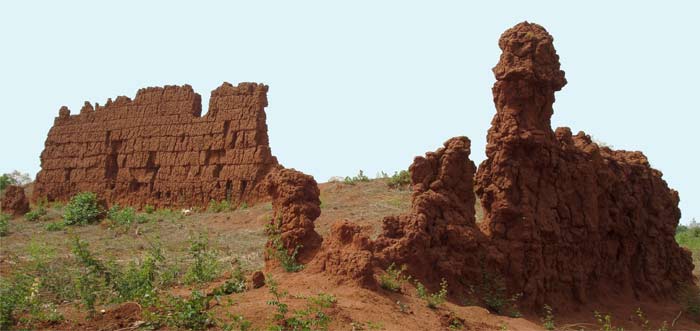
Palace ruins Abomey
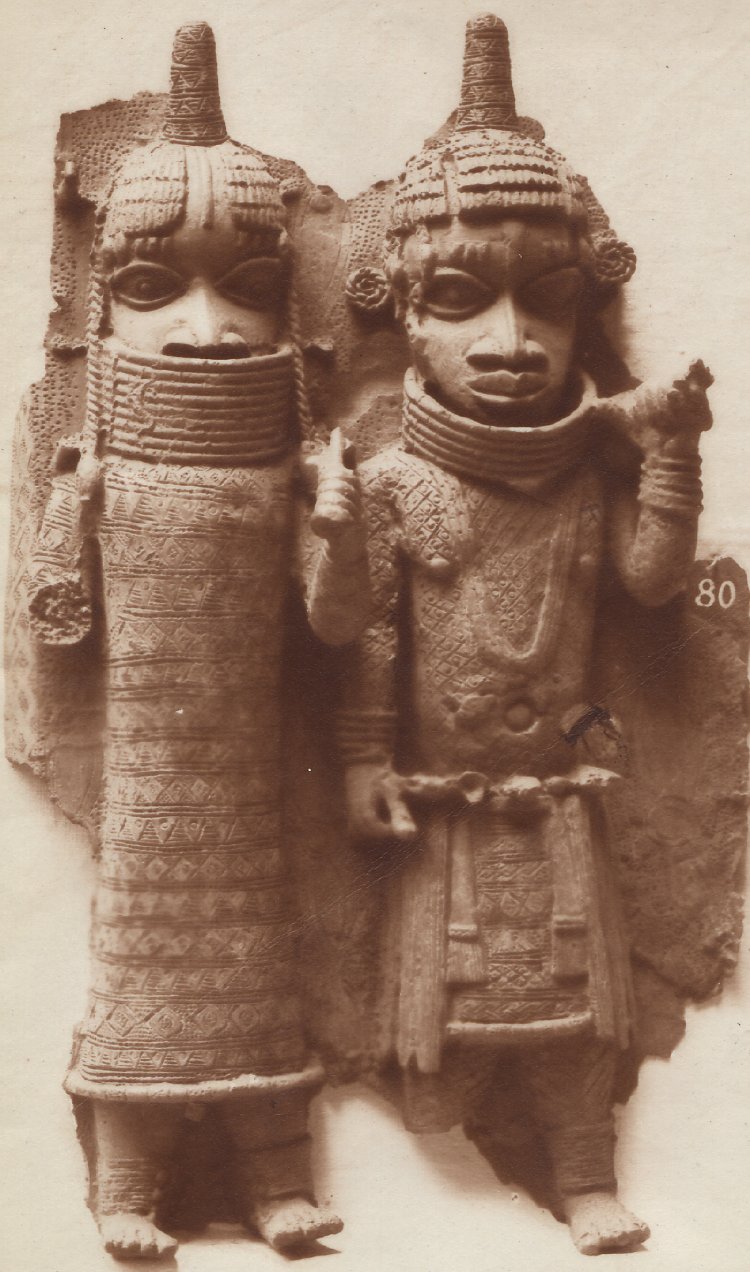
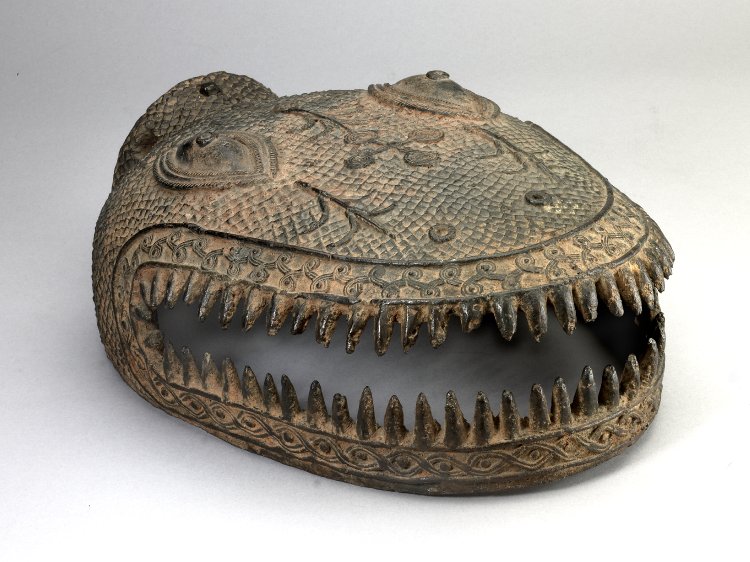
Bronze cast head of a snake,
covered all over with scale-pattern & with decoration in relief.
From one of the gate-towers of the Oba's palace

A Christian at court perhaps an early convert.

Plate from the Scene of the
Royal Palace of Abomey Dahomey

Hallway of King Adjalala_Glele
Dahomey

Part of a temple complex of King Ghezo

Palace ruins Abomey


Bronze cast head of a snake,
covered all over with scale-pattern & with decoration in relief.
From one of the gate-towers of the Oba's palace

A Christian at court perhaps an early convert.
Hello OP, I browsed this thread looking for Sub-Saharan Megalithic sites. If you know of any, I`d appreciate info. Thanks.
S+F from SF.
S+F from SF.
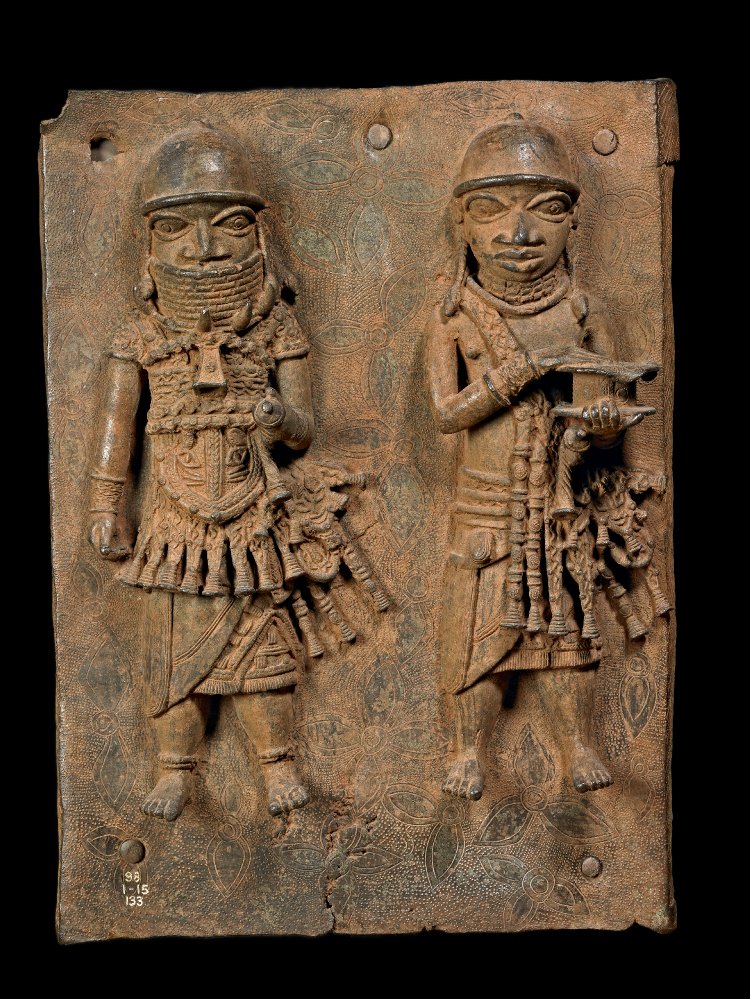

Ivory carving of an horseman the
horse was not heavily dependent on in the thick forest zones
as they did in the Savannah empires
tsetse flies and terrain limit their uses.
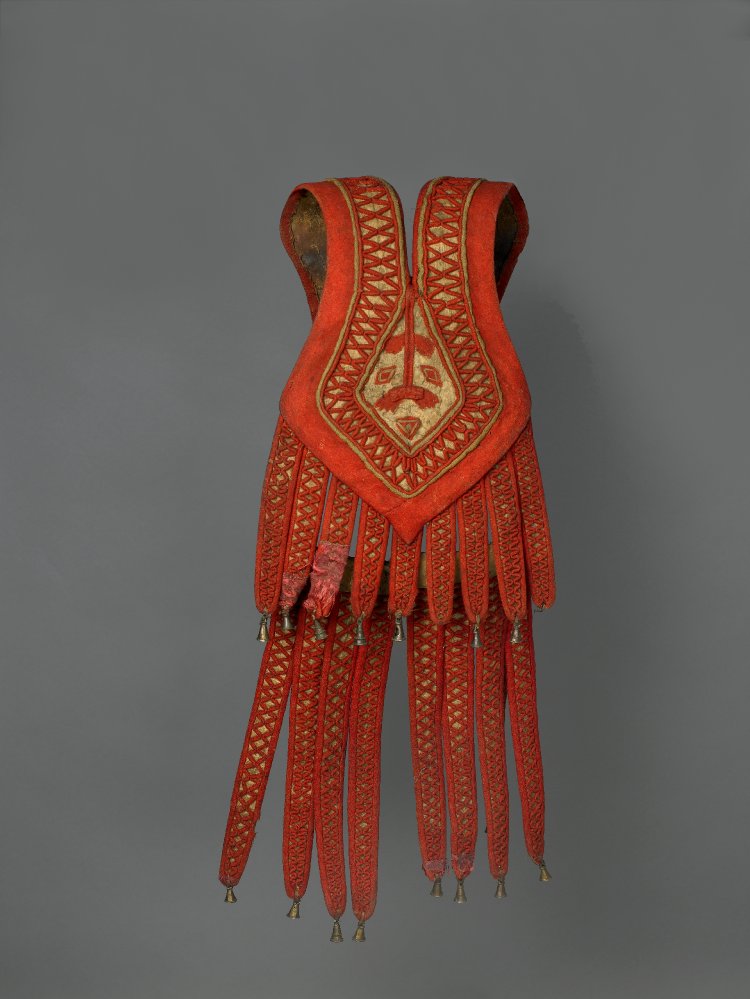
Jacket or surcoat with girdle, made of hide and woolen flannel cloth
, and with brass bells around the edges. as seen in the Brass sculpture.

Iron sword with brass handle

Soldier in full battle gear.
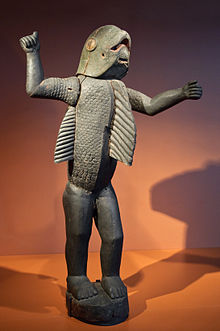
Benhazin Zoomorphic representation
as a shark not unlike the old Nile Valley kings
who sometimes go as a bull a hawk or some other animal.
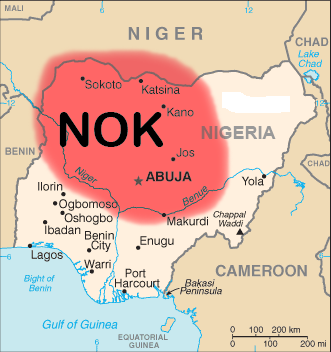
The Nok culture appeared in Nigeria around 1000 BC and vanished under unknown circumstances around 300 AD in the region of West Africa. This region lies in modern Nigeria. Its social system is thought to have been highly advanced. The Nok culture was considered to be the earliest sub-Saharan producer of life-sized Terracotta.
en.wikipedia.org...
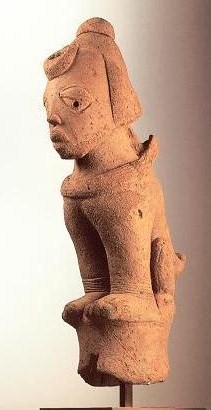
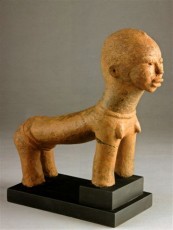
Nok culture a Sphinx
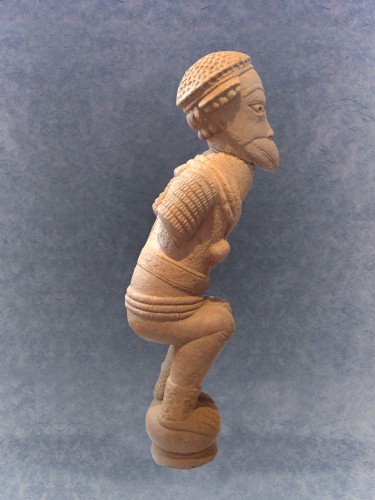
Bird man
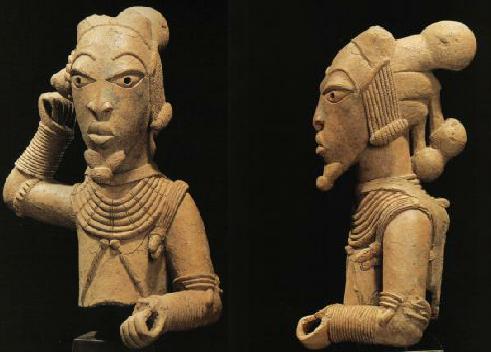
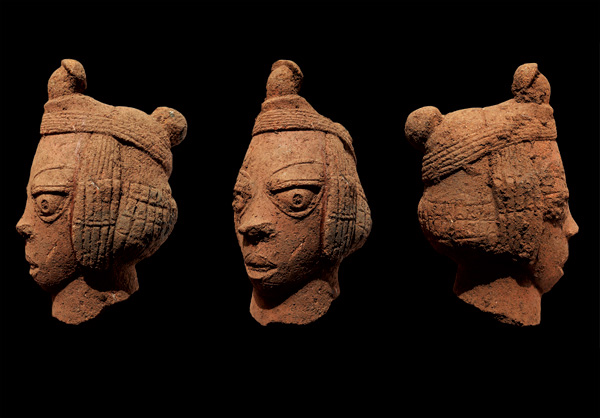
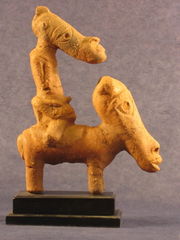
The Nok fore runners to the younger cultures in the forest zone
migrated from the Savannah with their horses however I cannot find any info that they carried on
a tradition of cavalry warfare like their Savannah fore-bearers

Unique Nok Terracotta of Snake Strangling a Lamb
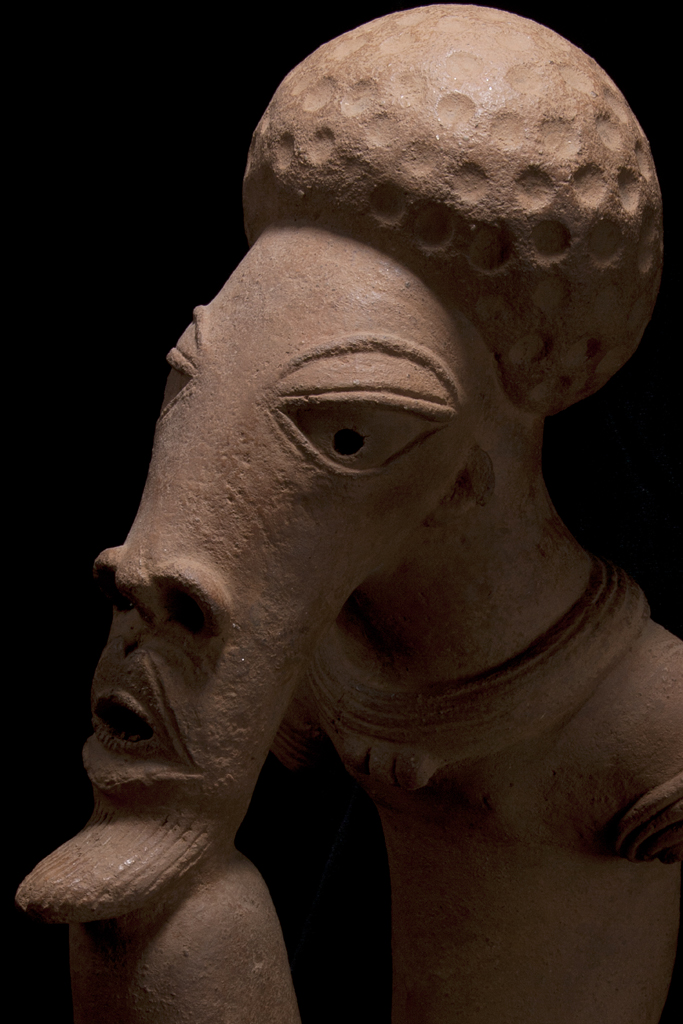
Seated man sporting a Fro
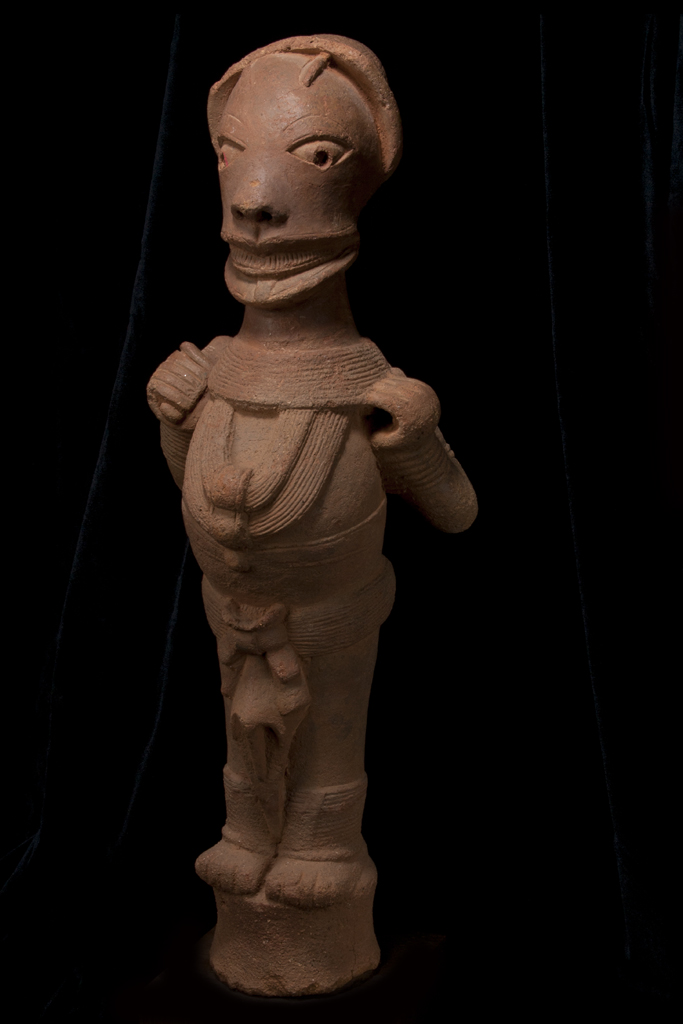
Ere Ibeji Figure with Beaded Cloak
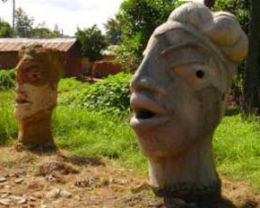
The Nok Village in Kaduna State of central Nigeria,
Skyfloating
Hello OP, I browsed this thread looking for Sub-Saharan Megalithic sites. If you know of any, I`d appreciate info. Thanks.
S+F from SF.
You may also want to visit this site
Megalithic monumentality in Africa:from graves to stone circles at Wanar Senegal
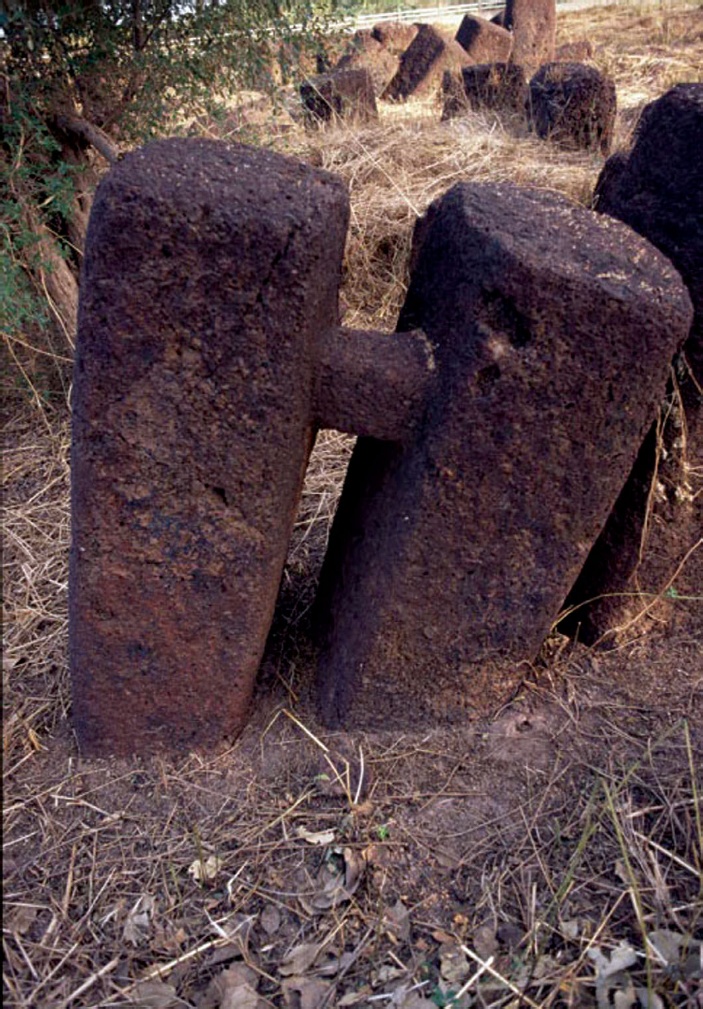
www.academia.edu...
edit on
23-3-2014 by Spider879 because: (no reason given)
reply to post by Spider879
Very nice, thank you. I also liked the NOK and the man-animal hybrids a lot. Its good for some research I`m doing.
Very nice, thank you. I also liked the NOK and the man-animal hybrids a lot. Its good for some research I`m doing.
edit on 2014 by Skyfloating
because: (no reason given)
I realize that I'm kind of late to the punch but I'd just like to say thanks for such a great informational thread. This got me interested in
looking into architectural and cultural styles that I wasn't even aware of prior to reading this.
originally posted by: Jevasi
I realize that I'm kind of late to the punch but I'd just like to say thanks for such a great informational thread. This got me interested in looking into architectural and cultural styles that I wasn't even aware of prior to reading this.
You are welcome,I just want to show folks that there is sooo much more to ancient and medieval Africa than the Nile Valley and the slave narrative although both are important aspects of African history.
For a look into some exciting developments in modern Africa pls take a peek here
African Skylines..The Other Africa ..
www.abovetopsecret.com...
Is there anyway some of these circles in Africa were made as nests by dinosaurs? Or another large animal that once roamed the Earth. Maybe some of
these stones are really so old that they survived some sort of extreme heat and over millions of years it allowed them to “melt” into one another.
Giving them the effect that they were perfectly cut and placed. How soft are these rocks? Just theories.
edit on 30-1-2018 by tonycodes
because: (no reason given)
originally posted by: tonycodes
Is there anyway some of these circles in Africa were made as nests by dinosaurs? Or another large animal that once roamed the Earth. Maybe some of these stones are really so old that they survived some sort of extreme heat and over millions of years it allowed them to “melt” into one another. Giving them the effect that they were perfectly cut and placed. How soft are these rocks? Just theories.
Not really, we know what their purpose are and when they were made so that's not a mystery, plus the lithics vary in size and type of rocks found in different locations.

If you look closely on this one for example, you will find a connected piece into another rock, dino poo simply do not do that naturally.
new topics
-
A Warning to America: 25 Ways the US is Being Destroyed
New World Order: 1 hours ago -
America's Greatest Ally
General Chit Chat: 1 hours ago -
President BIDEN's FBI Raided Donald Trump's Florida Home for OBAMA-NORTH KOREA Documents.
Political Conspiracies: 6 hours ago -
Maestro Benedetto
Literature: 8 hours ago -
Is AI Better Than the Hollywood Elite?
Movies: 8 hours ago
top topics
-
President BIDEN's FBI Raided Donald Trump's Florida Home for OBAMA-NORTH KOREA Documents.
Political Conspiracies: 6 hours ago, 27 flags -
Weinstein's conviction overturned
Mainstream News: 16 hours ago, 8 flags -
Gaza Terrorists Attack US Humanitarian Pier During Construction
Middle East Issues: 13 hours ago, 8 flags -
Massachusetts Drag Queen Leads Young Kids in Free Palestine Chant
Social Issues and Civil Unrest: 15 hours ago, 7 flags -
Las Vegas UFO Spotting Teen Traumatized by Demon Creature in Backyard
Aliens and UFOs: 12 hours ago, 6 flags -
Meadows, Giuliani Among 11 Indicted in Arizona in Latest 2020 Election Subversion Case
Mainstream News: 15 hours ago, 5 flags -
2024 Pigeon Forge Rod Run - On the Strip (Video made for you)
Automotive Discussion: 12 hours ago, 4 flags -
Is AI Better Than the Hollywood Elite?
Movies: 8 hours ago, 3 flags -
A Warning to America: 25 Ways the US is Being Destroyed
New World Order: 1 hours ago, 3 flags -
Maestro Benedetto
Literature: 8 hours ago, 1 flags
active topics
-
Russia Ukraine Update Thread - part 3
World War Three • 5732 • : F2d5thCavv2 -
The Acronym Game .. Pt.3
General Chit Chat • 7751 • : F2d5thCavv2 -
Salvador Dali's Moustaches
People • 28 • : zosimov -
Is AI Better Than the Hollywood Elite?
Movies • 17 • : ThePsycheaux -
The best Rice dish i've ever tasted... Kimchi Rice
Food and Cooking • 26 • : lamhaocc -
A Warning to America: 25 Ways the US is Being Destroyed
New World Order • 1 • : 727Sky -
Massachusetts Drag Queen Leads Young Kids in Free Palestine Chant
Social Issues and Civil Unrest • 15 • : tarantulabite1 -
America's Greatest Ally
General Chit Chat • 1 • : BingoMcGoof -
How ageing is" immune deficiency"
Medical Issues & Conspiracies • 35 • : annonentity -
HORRIBLE !! Russian Soldier Drinking Own Urine To Survive In Battle
World War Three • 49 • : Freeborn






